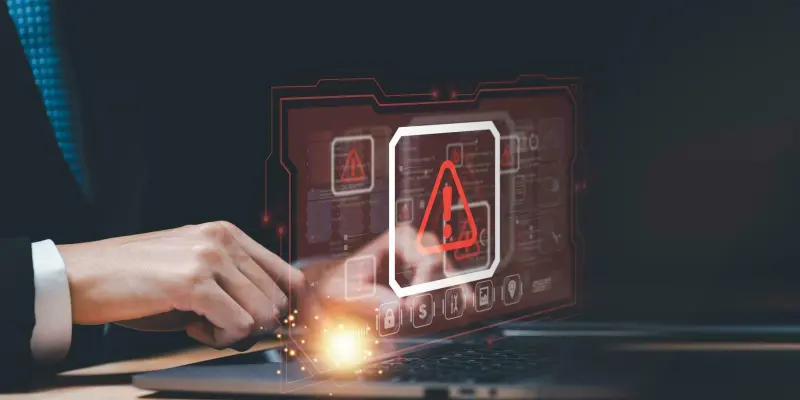In a stark reminder of the vulnerabilities associated with connected gadgets, the FBI has issued a recent warning about a significant cybercrime operation affecting millions of household devices. These commonly used gadgets, such as TV streaming boxes and digital projectors, have become unwitting participants in a complex cyber threat identified as BADBOX 2.0. By leveraging the vulnerabilities in these devices, hackers create an extensive proxy network capable of conducting operations like ad fraud and data scraping. The scale of this malware infiltration not only highlights the risks common in today’s tech-dependent lifestyles but also brings attention to the security measures needed to combat such threats effectively.
Understanding BADBOX 2.0’s Impact
BADBOX 2.0 has infiltrated several types of internet-connected devices, marking a concerning leap in malware evolution. This version of the malware has shifted from solely targeting firmware to deploying software tricks and malware-infested applications, enhancing its reach and complexity. Once the devices are compromised, they become part of a broader proxy network, allowing cybercriminals to obscure their activities behind legitimate users’ networks. Devices manufactured under generic or less-known brand names are particularly susceptible to this malware because they often lack robust security patches, making them easy targets. This issue is compounded by the fact that these products are widely available via popular retail platforms, often advertised with attractive features like unlocked streaming capabilities.
Identifying and Addressing Compromised Devices
Device owners should remain vigilant and aware of the red flags associated with BADBOX 2.0 infections. Symptoms of compromise include unusual requests during device setup, such as disabling Google Play Protect or prompting app downloads from unofficial app markets. Experts recommend users opt for devices from reputable brands with recognized security practices and to avoid substantial discounts on lesser-known products, as their price often reflects the corners cut in security measures. Vigilance against overly enticing offers can serve as a practical preventive step against such malware threats.
Safeguarding Networks and Preventing Infections
The FBI emphasizes that maintaining a robust security posture is crucial to preventing BADBOX 2.0 infiltrations. Users should avoid installing applications from third-party app stores, which remain a primary infection pathway, offering unvetted software that could be malware-ridden. Routine security updates for devices and routers are crucial, as they patch newly discovered vulnerabilities, reducing the threat landscape substantially. Monitoring network traffic regularly can offer early indications of an infection, allowing for timely interventions. Disconnecting suspicious devices and filing a report with the authorities can help mitigate potential damages and facilitate coordinated efforts against BADBOX 2.0. These practices, alongside staying informed about the latest security advisories, form the backbone of a practical strategy for defending against cybercriminal endeavors.
Lessons and Future Precautions
Given recent advancements, it’s crucial more than ever to focus on awareness and proactive steps in protecting personal and home networks. As threats like BADBOX 2.0 become more advanced, it highlights the continuous need to stay vigilant about the gadgets we bring into our homes. This growing sophistication in cyber threats underscores the importance of prioritizing cybersecurity when purchasing new gadgets. Consumers should look for brands that offer transparency regarding security updates and dependable support. Remaining alert and informed is critical not just for individual safety but also for contributing to a more secure and resilient digital landscape. Taking such measures ensures personal data is protected and reinforces a collective digital defense, benefiting everyone connected to this expansive, interconnected ecosystem we rely on.

